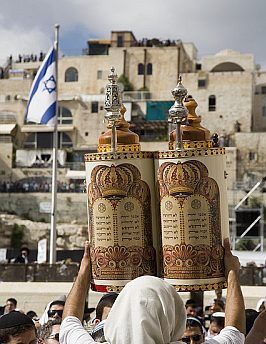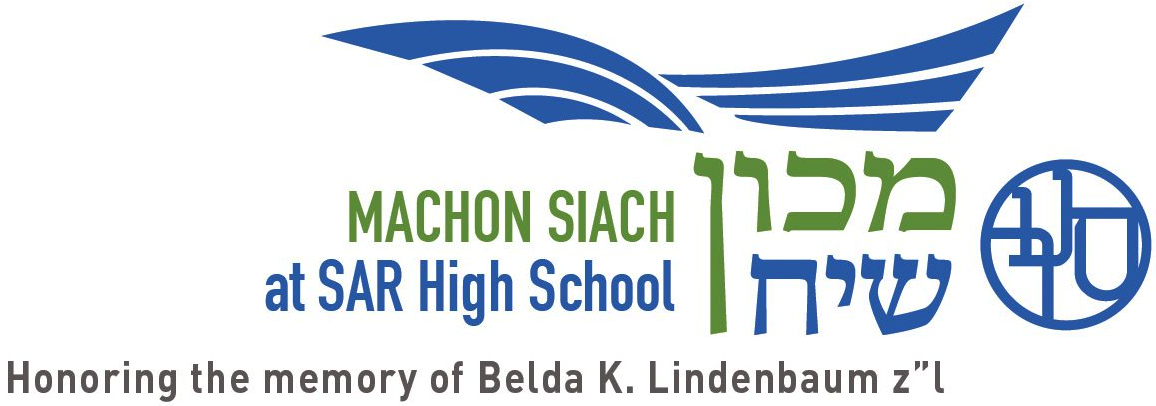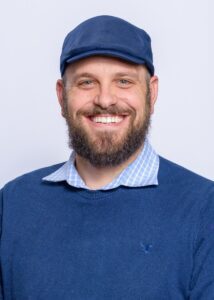
Join Together in Your Hand: Incorporating Sephardic Minhag and Practice in American Jewish Day Schools
In 1920, Avraham Elmaliach, a prominent Sephardic educator and scholar in Eretz Israel, edited and published a journal called “East and West” in Jerusalem. To celebrate the first volume, he invited the Chief Rabbi of Israel, Harav Avraham Yitzchak HaCohen Kook, to write an article launching the project. Harav Kook wrote a paper (later published in his collected essays) titled: “To the Two Houses of Israel,” in which he compares the Sephardic and Ashkenazic approaches to Torah learning.
His core argument is that the fantastic experience of “kibbutz galoyout” (ingathering of exiles) is not meant to create a melting pot and merge traditions but rather to “examine each tradition as much as possible” so they will shape each other as they grow separately. Rav Kook acknowledges that the different geographical regions where Jews created communities changed how they learn, pray and practice Jewish life. In his eyes, we need to explore and learn from these differences, not narrow our view under the false concept of a homogeneous halakha. It is easy to assume that the miracle of Jews coming together from around the world offers an opportunity to merge all traditions into one, but this approach overlooks and even minimizes a vast range of ideas and practices from around the world and throughout history.
We are fortunate to live in a time of cultural and communal abundance. In many cities and neighborhoods, Ashkenazi Nusach can be heard not far away from a Yemanite reading of the Targum. This reasonably new condition offers a unique opportunity to meet and learn from the different cultures that Jews have created in various worldwide diasporas. Unfortunately, even as we live near each other, there is still much about our different communities we don’t know. It’s not natural for us to cross the street to attend the shul whose members act so differently from us. How can we balance this closeness in proximity but unfamiliarity in ideas? I offer here essential lenses we use in our everyday life as observant Jews: halakha and minhag.
As teachers and students of halakha, we know that the halakhot have been viewed throughout the years as adaptations of a makhloket based in the Rishonim or even the understanding of the Talmud. By closely examining the different schools in various geographic regions around halakhic discussions, we can learn not only about the historical and cultural reasons for a psak but also about the posek’s thinking while learning the sugya. This kind of learning can demonstrate how different understandings created customs and can expand our spectrum of limmud and experience.
For example, last year at SAR, some halakha classes studied the sugya that explores whether to say two or four brachot on the cups of wine at the seder. According to Ashkenazi minhag, one should recite the gefen bracha on each of the four cups, but the Sephardi minhag requires brachot only on the first and third cups. The Sephardim understand that the blessing on the first cup is connected to kiddush, and the blessing on the third cup is attached to birkat hamazon; the other two cups do not have sufficient reason to be blessed. Ashkenazim understand that each of the cups in the seder has a meaning of its own, and, therefore, each one gets a blessing.
Upon deeper investigation, we see that this is not just a distinctive approach to the halakha but a distinctive understanding of the sugya itself in Masechet Pesachim. Scholars from different generations understood the sugya differently and came to separate conclusions. The understandings come from a slightly unclear Mishna, which states “and then they pour him a second cup.” What about a bracha? While the Rambam and many others assume that a bracha is needed because of the importance of every cup, the Rosh disagrees and understands that a bracha is not needed because there is no distraction from the first cup that necessitates a second blessing. Because some eidot in different places accepted one understanding and not the other, varied customs arose. By teaching not only the contrasting minhagim of the different eidot but going back to the interpretations of the Talmud and the Rishonim, the class becomes a laboratory not merely for the differences between eidot but for analyses of the sugya.
Creating connections between today’s practices and those of the sages not only offers us greater insight into their mindsets but also allows us to feel more comfortable in different halakhic environments. But diving into the minhagim and practices is not only an academic and intellectual endeavor; it also holds tremendous emotional value to students and their families. Students take for granted their family and community’s customs. Only when they travel outside the community do they realize that their practices may be questioned and sometimes even challenged.
While growing up in Israel, I remember many occasions when something in a Jewish ritual felt unfamiliar: this was not how my father or grandmother used to do it. When I encountered these differences, I always asked about them. Sometimes I got an answer, but most of the time, I was told, “What do you mean? That is the custom!” When I was younger, I worried about this statement. If that is the custom but I do it differently, who is right? It took me some years to develop follow-up questions: “Who has this custom?” “What community holds this practice?” Later, I added a third question: “What’s the source?”
Not many Jews I met throughout the years knew the answer to the last question, which led me to an exploration of minhagim. Opening books and asking for the origin of the minhag allowed me to be both comfortable with my practice and not intimidated by different approaches.
The open discussion in the classroom helps students recognize that there is room for acceptance and understanding of minhagim, even if they initially seem bizarre. One practice we used in class was to teach a sugya and then ask the students about their customs at home. Some minhagim were familiar to the teachers, and we could talk about their origin and how they were formed. Some were new to us and sent us (together with the students) to research the sources. One of the happiest moments in this process was when the kids and their parents started a conversation about their families’ customs and origins. This discussion leads to family memories and life stories, providing a broader context for each family’s minhagim. We can connect the students to their families, heritage and the Jewish people’s tremendous scholarly lineage worldwide, following in Rav Kook’s example and recognizing the broad diversity of halakhic Jewish practices.



